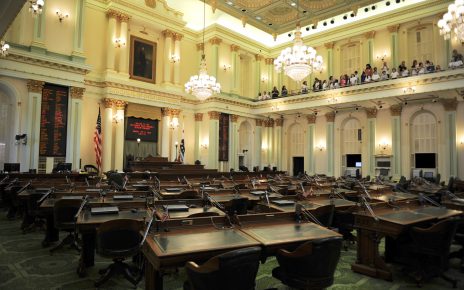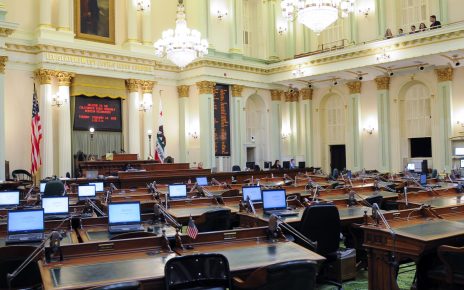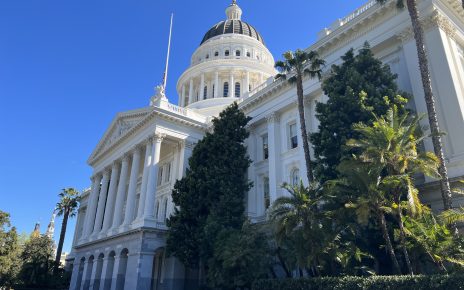Active v. Passive Voice in Legislation
In California, bill drafters are instructed to use the active voice, rather than the passive voice. This is a change in the historical manner of drafting that previously included lots of passive voice language in state statutes. As a result,...






